A ‘Golden’ Revival—and Party to Boot
The National Yiddish Theatre revival of ‘The Golden Bride’ is an energetic operetta now playing at New York’s Museum of Jewish Heritage
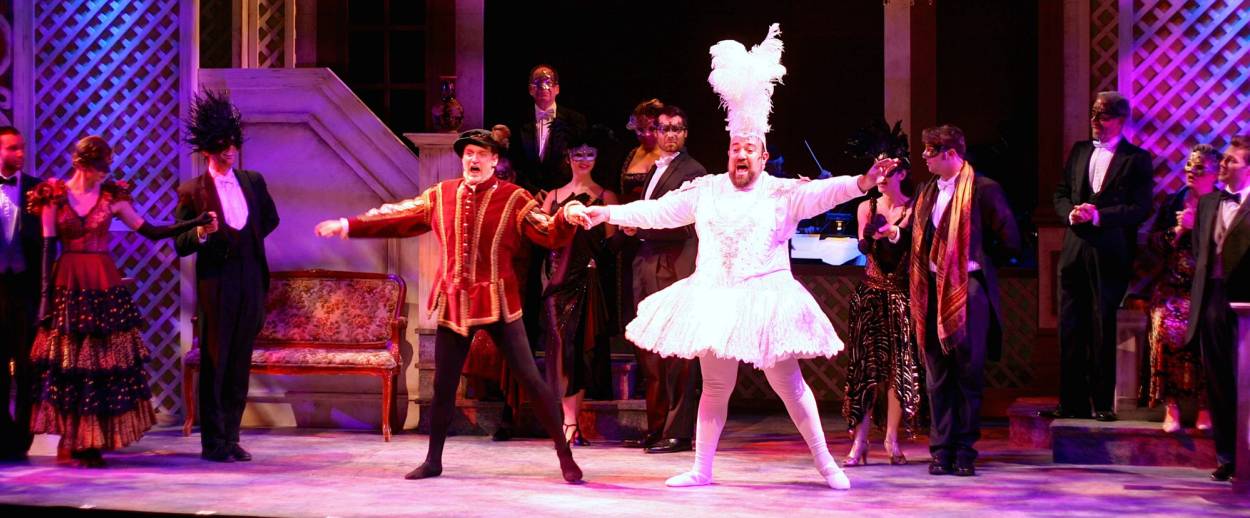
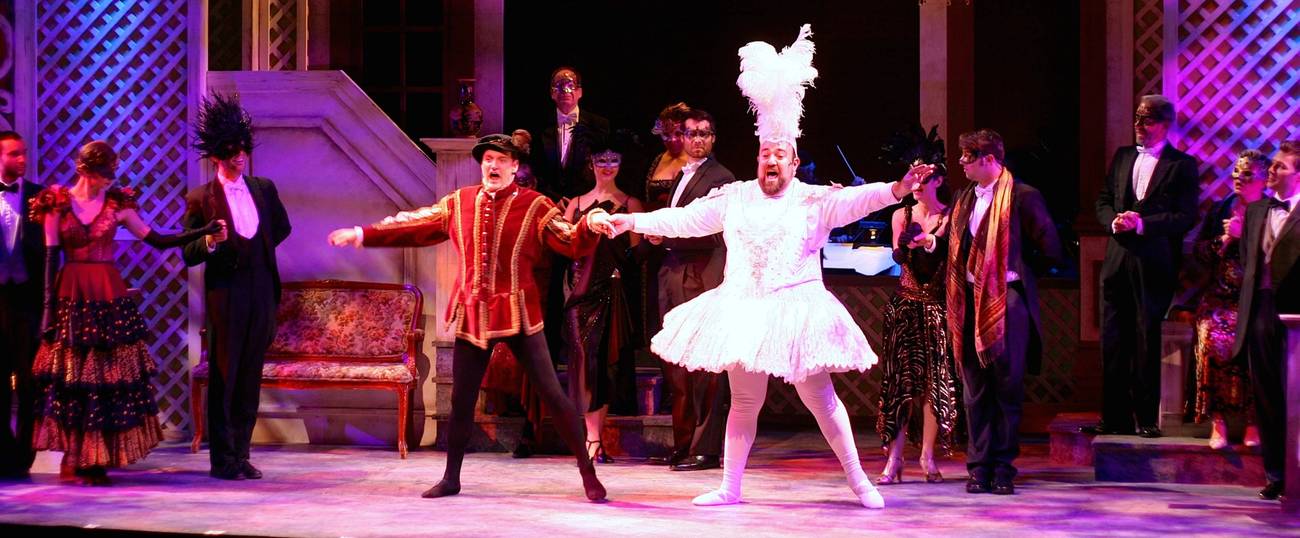


Last week, the lobby of New York’s Museum of Jewish Heritage was abuzz, as caterers tactfully balanced platters of hors d’oeuvres and empty cups while weaving through an unbudging crowd. One woman sipped wine and gushed to her friends, “I mean, the production was just—I’m kvelling.” And for good reason: She had just witnessed the theatrical resurrection of The Golden Bride (or in Yiddish, Di Goldene Kale) performed by the 101-year-old National Yiddish Theatre Folksbiene. It had been nearly 70 years since the opera was last staged.
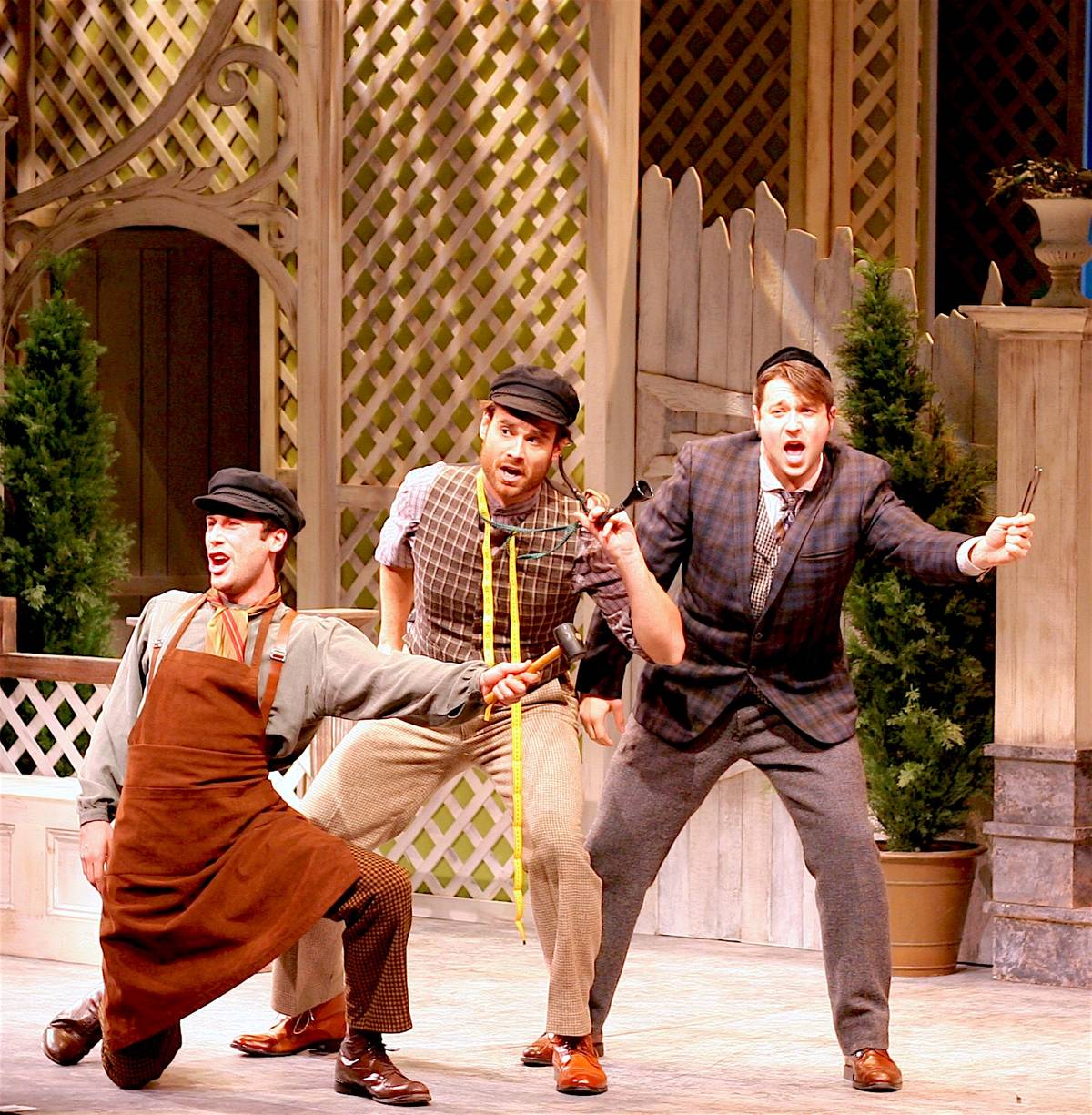
A romantic comedy, The Golden Bride tells the story of Goldele (Rachel Policar), a beautiful girl from a small Russian shtetl who lands a hefty inheritance after her estranged father dies in America. Goldele becomes the object of desire for all the boys in town with her newfound riches, though she’s got her eyes set on Misha (played by Cameron Johnson, who can pull off an impressive kazatzka). But Goldele plays hard to get: Before giving her hand to any suitor, she promises to wed the man who can find her long lost mother; Act Two takes place in a ritzy mansion in New York City, where the plot unravels and a wedding awaits. (It’s performed mostly in Yiddish, accompanied by English and Russian supertitles.)
With music by Joseph Rumshinsky, considered one of the “Big Four” composers of Yiddish theater, and libretto scribed by Frieda Frieman (though her husband, Louis, was credited), The Golden Bride was instantly a hit when it opened in 1923, filling every seat in David Kessler’s Second Avenue Theater. Over the next 25 years, the Yiddish operetta would experience numerous revivals and a slew of international tours, up until its final production in 1948. That is, until now, where it’s playing at the Museum of Jewish Heritage through January 3. The show is a riveting time capsule, a precious glimpse into the worlds of Ellis Island Jewry.
After their first public show, the cast of National Yiddish Theatre Folksbiene, now in permanent residence at the Museum of Jewish Heritage, was jubilant.
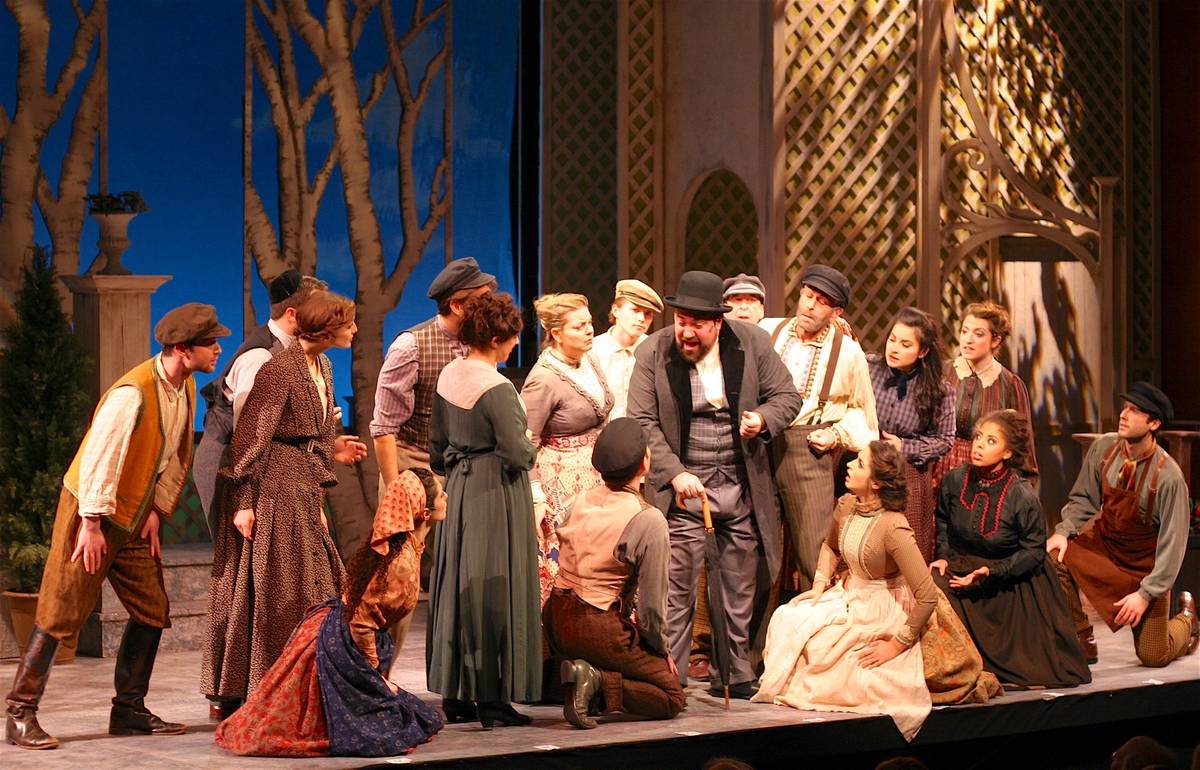
I was somewhere between the open bar and the dessert table when Zalmen Mlotek, the artistic director of the company, hammered out a rollicking rendition of “Siman Tov and Mazel Tov” on the electric keyboard, and the cast broke out into a zealous hora. Moments earlier, it was announced The New York Times had selected the show as a “Critics’ Pick,” which will likely be a boon for business.
“Anytime I get to dance, I have fun,” said Adam Shapiro who joined the Yiddish theater company in 2008 and plays Kalmen, a wheeler-and-dealer type from the shtetl. Moments later, Bryna Wasserman, the executive director of the company, came by with a half bottle of Dewars whiskey and poured Shapiro a shot, beckoning a toast before whisking off to the next stage actor with an empty glass.
For Shapiro, one of the most important aspects of this The Golden Bride production is the museum venue. “Outside that emergency door, you have a completely unobstructed view of the Statue of Liberty and Ellis Island,” he said. “It’s about the American dream!”
Another bonus for Shapiro? “I got my tutu! I finally got my tutu,” he said, referring to a scene in which he’s dressed in a ballerina’s get-up, which is funny considering Shapiro is by no means petite.
Also nearby was Bruce Rebold, an OB-GYN-turned-actor, who plays the character of Pinkhas, who raises Goldele in the shtetl when her parents were MIA. “I have a certain commitment element,” he said, still covered in stage makeup, and donning an awesome I Love Lucy blazer. I think it comes from my medical days.”
A newbie to Yiddish theater, Rebold remembers his grandparents speaking the language, though he admits to never understanding it. In his effort to capture the essence of a Yiddish lilt in the play, he said he channeled the sing-songy intonations of the relatives he heard so often as a child.
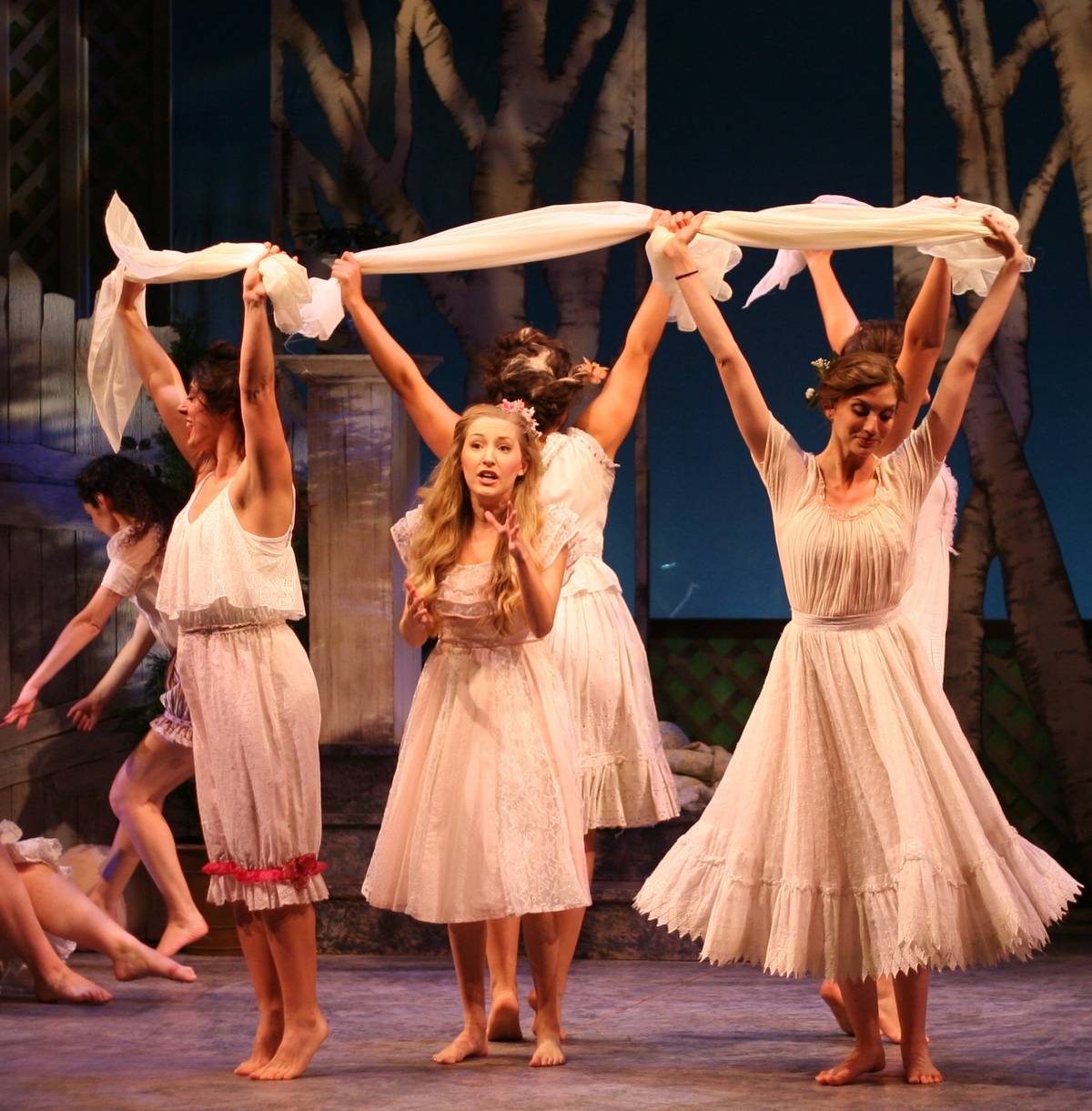
Resurfacing the past is a theme repeated over and over in The Golden Bride. Like an archaeologist piecing together an ancient artifact, musicologist Michael Ochs reconstructed this long lost Yiddish production, unseen in its operatic entirety for nearly a century. The search began in 1984 when Ochs came across an unpublished and incomplete manuscript of the operetta’s score at the Loeb Music Library at Harvard University, when he was putting together an exhibition for the Society of American Music. This manuscript was but one fragment, a spectre of what once was a full-fledged production. So the search began, and sent Ochs trekking from Yivo Institute to UCLA, collecting scores, lead sheets, and lyrics—whatever he could find to fill in those blank spaces. Ultimately, his search paid off after years of determination now that the operetta is back on stage and intact, where it belongs.
“I’ve got Yiddish music in my kishkes,” said Mlotek, who conducted the show—his father was an editor of The Forward and his mother, a chief Yiddish archivist.
There are no nuances in Yiddish theater. It’s over-the-top and verging-on-slapstick, with its staged pratfalls and exaggerated facial expressions. Jillian Gottlieb, who plays a very enthusiastic and very ditzy Khanele, a sister figure to Goldele, has got Yiddish theater down to a T, supplying comedy relief with plenty of pep. A chorus of “oy yoy yoys” lulls the audience into a klezmer daze, thanks to a fully-equipped orchestra fronted by Mlotek.
To Mlotek, the production serves a greater purpose than mere entertainment. “It gives us a window, a picture of what life was,” he said with heartfelt zest. “There were good times, it wasn’t just the Holocaust. They lived and created. They lived!”
Tess Cutler is an intern at Tablet.